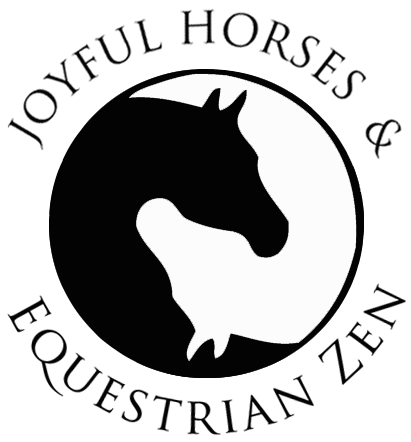When you think about a horse, I’m sure a lot of things come to mind. Grace, beauty, power, or maybe you think about riding them, training them, caring for them. How often, though, does soft tissue release come to mind?
Many of us who work regularly with horses don’t realize that we are neglecting a very large part of the horse, which is so integral to their wellbeing and happiness. Unlike people, horses aren’t really allowed to say when they are in pain. You may think “Of course my horse can say when they’re in pain! Why would I not let them?” Yet think of the last time you hit a training wall. What was your first reaction? The majority of the time, it’s “He’s having a bad day” or “She’s just acting like a mare” and instead of first delving into the possibility of a physical issue, we assume they need an attitude adjustment. It only takes a few times of a horse being told, albeit accidentally by us, that their pain is irrelevant and they better do what we are asking for them to shut down emotionally.
Usually, when a horse tries to say they’re in pain, humans tell them to get over it and get going. The horses then stop telling us until they finally break down.
If you were going to a personal trainer that pushed you too far and you injured yourself, you would find a new personal trainer and go to the doctor, or maybe a chiropractor. Our horses, unfortunately, are stuck with us and often aren’t asked if they are doing okay in their training. Given that horses are, in general, very willing animals, we need to start reevaluating our training sessions and asking “why not?” instead of “right now!”. When horses are training systematically and correctly, they shouldn’t have too many “I can’t” moments because we help them see not only that they can, but that if they physically can’t, we will find out why and help them. Not only will this lead to a happier horse, it will also lead to a more athletic and capable horse, whether your interest be trail riding or Grand Prix Dressage. We work daily with our horses here to help ensure their continuing soundness. Each horse, whether it be an abused rescue, spoiled pasture ornament, or regular competitor is evaluated individually.
We start by simply assessing the horse as they stand. Do they tend to rest more on one leg than the other? Are they tilting their head more so to one side than the other? Maybe they are constantly yawning? Each horse is different, and by passively observing, we can gather a lot about the horses current aches and pains. We then move on to a moving evaluation, usually through free lunging. We allow the horses to walk, trot, and canter as they are able in a controlled environment to again see what abnormalities we might find. Does a hock twist slightly out? Maybe one leg carries more weight than the other, or their tale is held to one side. Whatever the abnormality, we then move on the evaluate more in depth with an all over soft tissue check. By running our hands along the horses body, we can begin to identify areas that are tighter than others, have bunched up tissue, or are pulling in a direction they shouldn’t be. Through this, we can begin to narrow down the causes of any abnormalities in a horses gait or posture. More often than not, our horses are limited simply by soft tissue issues that can be cured through myofascial release. Once we rule out any chiropractic issues, we are able to work on releasing the soft tissue and allowing each horse to regain the suppleness they once had. Some horses are simply a little tight from over exertion, and we can quickly relieve them by loosening up the tight tissue and helping teach them how to better carry themselves. Other horses take more time, often having lived far too long with a tightness in one spot that has led to issues of over compensation in other spots.
We work regularly with other holistic professionals and veterinarians to problem-solve physical issues. People are often astonished at how a lame horse can suddenly become sound, or a sound horse more agile, through strategic soft tissue release. Even 5-10 minutes a day before or after each training session can work wonders.
